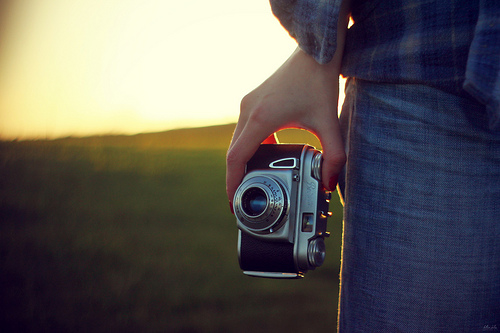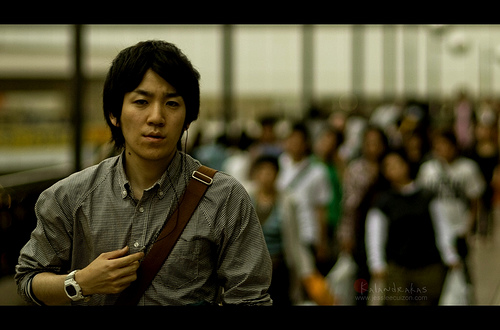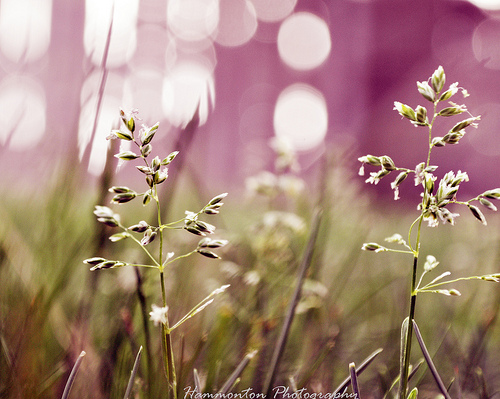
What makes the photograph great? Colors, tones, mood, dramatic light, special image effects, impressive subject and the list goes on. There are a number of things that come to mind while speaking of the elements that make spell bounding images. But one thing that goes a long way in making a mark with your photographs is the underlying structure or the composition — the way various elements are placed or arranged on the photographic frame.
Colors, lighting effects, an impressive subject do create the mood of an image; but the strength of an image lies in the way you compose your shots. The photographer’s foresight and effort all shows up in the his art — the photograph. It is not always about capturing the right moment at the right time, it is about assessing the scene, taking the test shots, working the shot and getting the final images that simply grabs the viewer’s attention.
So, what do you need for making the great shots happen. It is a matter of practicing four simple compositional tips listed below.
-
Clearly Defined Subject & Clearly Defined Background
The main point of interest in the photograph is the subject. So the first thing to focus on when capturing the image is the subject. Once you identify the subject of your image, try emphasizing the subject. And use the background as a backdrop — to add the context to your image. When you look at the scene, frame the shot such that the subject surpasses the scene, while background compliments the subject well. Check out this example for instance, the focus is on one student who is different from the crowd. Thus student is the subject and crowd acts as the complimentary backdrop.
-
Strike A Sense Of Balance
Ever watched a kid playing on the see-saw? The weight of two kids work in tandem with each other, neither of the two outdo the other. These keeps the thing swinging. The same principle plays an important role in striking the balance between the various elements of an image. Evely element in an image has a visual weight; this visual weight draws the attention of the eye. If this visual weight is not properly spread (or placed) across the frame, it tends to throw the visual harmony off-balance. Silhouetted object amidst the blue hues of sky for instance balance the graphic weight of darkened object and reflection of setting sun in the calm waters balance the intensity of the light of the setting sun. In all, balance is about playing around with the visual weights of elements in an image. For instance, in the example image check out how subtle wooden texture and horizontal lines balance the high contrast vertical stripes of zebra.
-
Playing With The Point Of View
Photographing at the eye level is what we practice most of the times. This often results in mundane, boring images. A better idea is to explore the various angles of shooting. Introduce the fresh angles (shoot from above, shoot from below or shoot from hips as lomographers do), change the perspective and you will see how drastically the mood of the photograph alters. For instance shooting huge trees from below makes them iconic and while shooting them from a vantage point make them appear inferior. Similarly shooting from back recites the story subject is exposed to and shooting from the front documents the story and expressions of the subject.

Vary the angle of shooting
-
Strive For Simplicity
Simplicity and minimalism help in keeping the distracting elements off the scene and thus attract the viewer’s attention to the subject of your image. But achieving simplicity is in itself an art. Don’t worry, here is a quick tip to help you exclude unwanted elements in the photograph — Work your shot. Take a shot, assess the image in terms of main subject & distractions. Take another shot, this time move a little closer or change the angle of shooting to eliminate the distractions. Re-work on your shot and see how your effort pays off in the final image.
Remember, the composition is the single-most critical element that will differentiate your photography style from thousands of other photographers out there. So here’s a bonus tip: focus on developing your composition. And to do that shoot in black and white. Once you have mastered the basic composition techniques, check out the compositional rules and elements for excelling at the art of photography.




